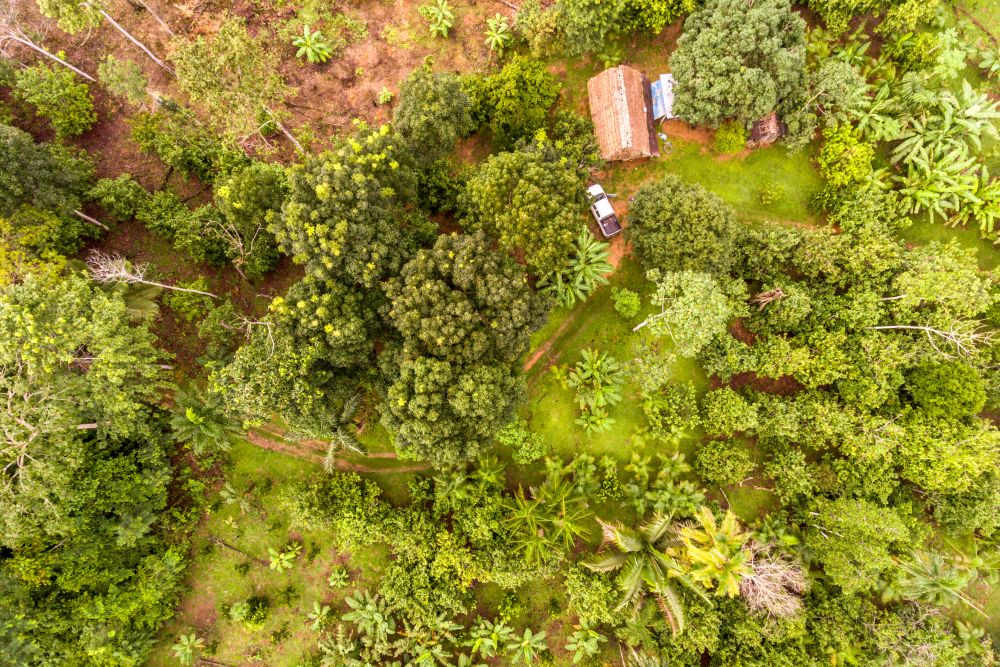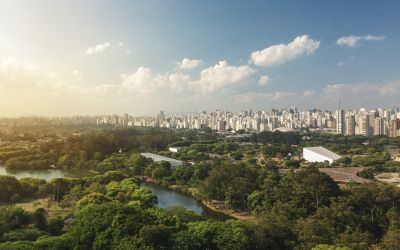Impactful emission targets: building resilience through forest, land, and agriculture action
For many companies, Forest, Land and Agriculture (FLAG) emissions from land use change and agricultural production are their largest supply chain emissions. Addressing these emissions has the potential to result in major reductions, to deliver on global goals. Most importantly, the FLAG sector can be a key part of the solution to climate change, contributing to both climate mitigation and adaptation. Proforest looks at a threefold approach, focusing on sectoral transformation, a just and nature positive transition, and an efficient use of resources.

We live in a world driven by targets. Countries have set their own goals to limiting climate change within their Nationally Determined Contributions (NDCs), which will soon be discussed at CoP30. In parallel, companies worldwide are setting targets to reduce greenhouse gas emissions from their operations. For many companies, Forest, Land and Agriculture (FLAG) emissions from land use change and agricultural production are their largest supply chain emissions. Addressing these emissions has the potential to result in major reductions, to deliver on global goals.
Pairing adaptation and mitigation
The FLAG sector is not only a sector contributing to the challenge of climate change, but also one heavily affected by it. In Brazil, CoP30 host, the production of some of the world’s most important agricultural commodities, including soy, beef, and sugar, has suffered droughts, fires, and floods in the last few years. The impact of rising temperatures and extreme weather events on workers, small-scale producers, and the local communities that depend on agricultural landscapes is significant. The concept of just transition has historically been focused on the energy sector, but the FLAG sector is starting to explore what the concept means in its context.
Most importantly, the FLAG sector can be a key part of the solution to climate change, contributing to both climate mitigation and adaptation. At Climate Week NYC, there was agreement that Nature-based Solutions (NbS) are a means to achieve global climate goals. New finance mechanisms, such as the TFFF, alongside national programs like Caminho Verde, are increasingly turning to NbS to drive climate action. When adaptation is paired with mitigation, bridging people, nature, and climate objectives, the potential for long-term resilience is greatly enhanced.
One of the key frameworks aiming to drive private sector progress on climate mitigation is the Science Based Targets initiative (SBTi). The initiative has developed rules for how companies set targets around their emissions, reductions and removals. By publishing guidance for setting targets for FLAG emissions, it has prompted companies to start looking in more detail at land use change and agricultural emissions in their supply chains.
Transforming sectors, not supply chains
Typically, when companies seek to understand and reduce their FLAG emissions, they quickly defer to changing their supply chain, by switching supplier, region, product or formula. There is a drive to choose a supply chain that already has lower emissions. However, that doesn’t solve the problem of emissions, or lead to sectoral transformation. Switching suppliers leads to market segregation and leakage – the emissions continue but are associated with supply chains that are undiscriminating. We need to focus on reducing emissions from FLAG activities, not just excluding them from individual supply chains.
Ensuring a just and nature-positive transition
The latter is especially important when looking at those most vulnerable to climate change. Smallholders should not be excluded from supply chains because they are difficult to account for, or because they need more support to move towards decarbonisation. In addition to a just transition, considering impacts on nature should be an integral part of climate action. People and nature are often referred to as co-benefits of carbon projects, but they should be core benefits.
Prioritising resources efficiently
A carbon tunnel vision can lead to the disproportionate investment of resources into MRV and traceability. Both are essential for holding stakeholders accountable, but a risk-based prioritisation approach is recommended to ensure that resources continue to reach the ground effectively. A focus on regenerative agriculture, preventing further deforestation and conversion, and seeking positive change through landscape level approaches offers a way to drive positive impacts.
This threefold approach, focusing on sectoral transformation, a just and nature positive transition, and an efficient use of resources, is reflected in some recent efforts in the sector to promote high integrity in supply chain decarbonisation. As the ultimate implementers of supply chain commitments, companies in producer countries are looking at how best to promote the alignment of global frameworks with local realities.
The “Amazon CoP” highlights in a very direct way the interface of global climate commitments with local communities and natural ecosystems. Many believe and hope that the setting will inspire a holistic approach to climate action, leveraging the momentum from climate targets to drive meaningful, positive impacts around the world.
About Proforest
Proforest is a global mission-driven non-profit with a mission to build responsible and resilient agricultural and forestry supply chains and thriving production landscapes that deliver positive outcomes for people, nature and climate, by working as a trusted technical partner.
Isabella Freire is executive director of Proforest Latin America
Paulien Denis is climate lead at Proforest, based in Brazil






